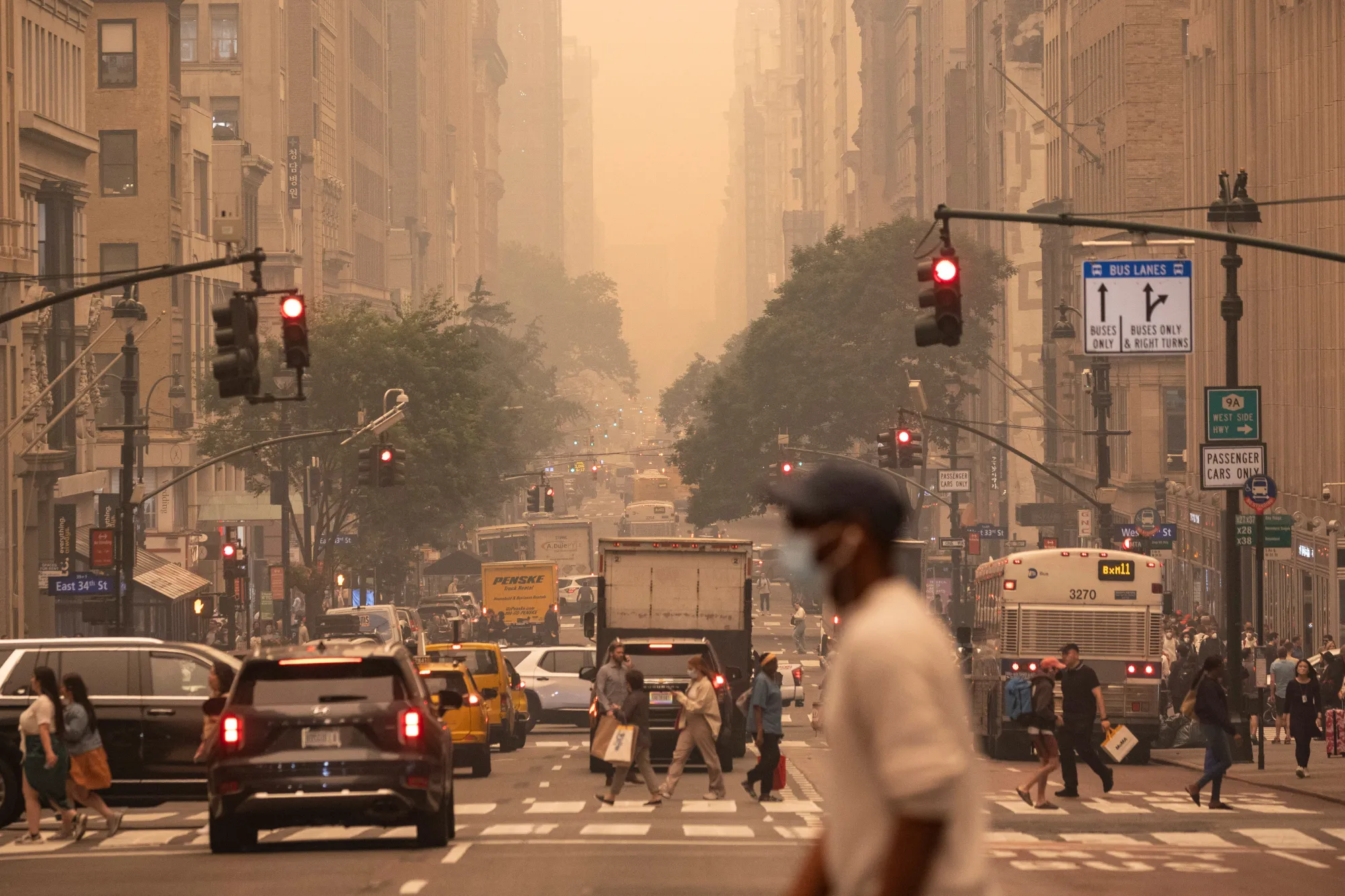
A Guide to Monitoring Air Quality Amidst Wildfire Smoke in the United States
By Adedayo Oyetoke, Published on: June 8th 2023 3 min, 517 word Views: 1023
As wildfires continue to ravage different parts of the United States, the accompanying smoke poses a significant threat to air quality and public health. With the increasing frequency and intensity of these wildfires, it is crucial for individuals to stay informed about the air quality in their area and understand the necessary steps to protect themselves. In this blog post, we will provide a comprehensive guide on how to monitor air quality amidst wildfire smoke, empowering you to make informed decisions and safeguard your well-being.
1. The Impact of Wildfire Smoke on Air Quality:
Wildfire smoke contains hazardous particles and gases that can severely compromise air quality. These pollutants can cause respiratory issues, exacerbate existing health conditions, and pose a particular risk to vulnerable populations such as children, the elderly, and individuals with respiratory ailments. Monitoring air quality becomes imperative to minimize exposure and mitigate health risks.
2. Utilizing Air Quality Index (AQI) Tools:
a. National and Local Air Quality Websites: National and local agencies, such as the Environmental Protection Agency (EPA) and state environmental departments, provide air quality information through dedicated websites. Access these platforms to obtain real-time air quality data specific to your region.
b. Air Quality Index (AQI) Apps: Several smartphone applications provide up-to-date air quality information, including AQI readings, pollutant levels, and forecasts. Install reputable apps like AirNow, Plume Labs, or BreezoMeter to stay informed on the go.
3. Understanding the Air Quality Index (AQI):
The Air Quality Index (AQI) is a standardized measurement used to indicate the quality of outdoor air and its potential health impacts. The AQI scale typically ranges from 0 to 500, with higher values indicating poorer air quality. Familiarize yourself with the different AQI categories, such as Good, Moderate, Unhealthy, and Hazardous, to comprehend the severity of air pollution in your area.
4. Interpreting AQI and Protective Measures:
a. AQI Categories and Health Impacts: Learn about the health effects associated with different AQI categories. For example, "Good" signifies minimal health risks, while "Unhealthy" and "Hazardous" suggest potentially severe respiratory problems for individuals across all age groups. Understanding these categories helps you make informed decisions about outdoor activities.
b. Taking Precautionary Measures: Adjust your daily routines based on air quality conditions. When the air quality is compromised, consider minimizing outdoor activities, especially during peak pollution hours. If necessary, wear appropriate masks recommended for filtering out fine particulate matter, such as N95 respirators, to reduce exposure to harmful pollutants.
5. Monitoring Wildfire Updates and Evacuation Notices:
Stay updated with local news sources, emergency management agencies, and official wildfire information channels to receive timely updates on wildfire incidents, evacuation orders, and air quality advisories. This information is crucial for making well-informed decisions regarding personal safety and evacuation plans, if required.
Conclusion:
Amidst the growing threat of wildfires and their subsequent impact on air quality, monitoring air pollution levels becomes essential for protecting your health and well-being. By utilizing available tools and resources, understanding the AQI, and staying informed about local wildfire conditions, you can make informed decisions, take necessary precautions, and minimize exposure to harmful pollutants. Remember, prioritizing your health and safety is paramount during these challenging times.
